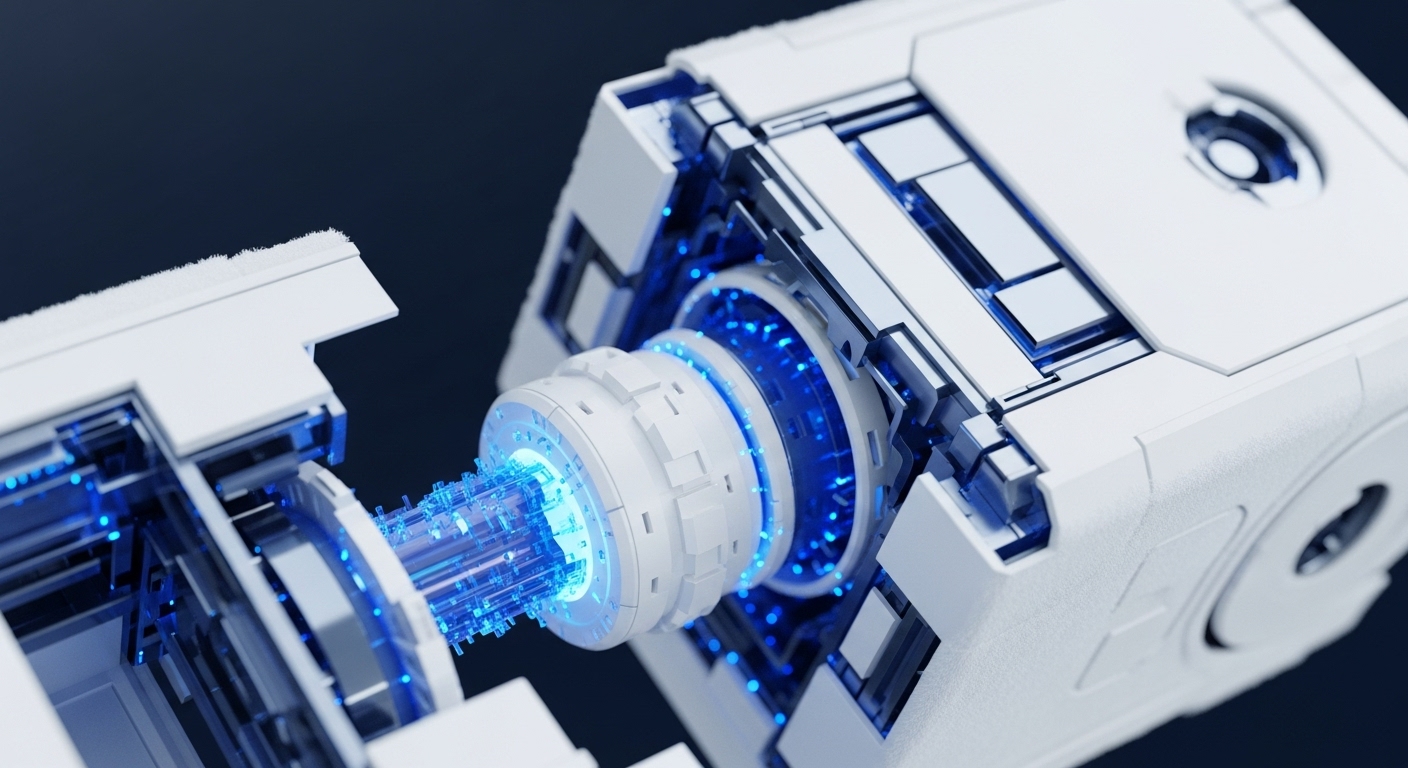
Briefing
The core research problem addressed is the high energy consumption and long-term quantum vulnerability inherent in classical Proof-of-Work systems. This paper proposes Proof of Quantum Work (PoQW), a foundational new consensus mechanism that mandates a quantum computer for the mining process, leveraging the concept of quantum supremacy to ensure classical intractability. PoQW refines the blockchain’s framework to incorporate the probabilistic nature of quantum mechanics, thereby ensuring network stability against sampling errors and hardware inaccuracies. The most important implication is the creation of a pathway toward highly energy-efficient, quantum-resistant blockchain architecture, fundamentally shifting the hardware and energy landscape of decentralized systems.

Context
The prevailing foundational problem in Nakamoto consensus is the massive energy expenditure required by Proof-of-Work (PoW) to achieve security and decentralization, a critical limitation known as the energy consumption challenge. Furthermore, the long-term threat of quantum computers, which could undermine existing cryptographic primitives, necessitates the development of quantum-resistant consensus models. Prior to this work, a viable, fully-specified, and implemented PoW-style mechanism that simultaneously achieved significant energy reduction and quantum-safe security remained an unsolved theoretical and engineering challenge.

Analysis
Proof of Quantum Work (PoQW) operates by replacing the classically efficient, yet energy-intensive, hashing function with a quantum-enhanced computation that is classically intractable. The new primitive is a quantum hashing operation whose solution is only efficiently verifiable or solvable using a quantum annealing processor. This fundamentally differs from previous approaches by moving the security anchor from classical computational power to quantum computational capability. The mechanism is designed to manage the inherent probabilistic nature of quantum mechanics by introducing refinements to the blockchain’s stability framework, ensuring the network can maintain a single, consistent state despite the non-deterministic nature of the quantum computations.

Parameters
- Quantum Computing Requirement ∞ Mining requires a quantum computer, leveraging quantum supremacy to ensure classical intractability.
- Prototype Implementation ∞ Deployed on four D-Wave™ quantum annealing processors, geographically distributed within North America.
- Observed Operations ∞ Demonstrated stable operation across hundreds of thousands of quantum hashing operations.
- Energy Impact ∞ Significantly reduces the energy consumption and environmental impact traditionally associated with classical PoW mining.

Outlook
This research opens new avenues for quantum-cryptoeconomic research, specifically concerning the long-term stability and incentive design of quantum-hardware-dependent networks. In the next three to five years, this theory could unlock real-world applications by providing the foundation for highly secure, low-energy sovereign blockchains for critical infrastructure or national digital currencies. The immediate next steps involve formalizing the economic incentives and analyzing the centralization risks associated with the limited availability of quantum hardware, paving the way for a new class of quantum-secured distributed systems.

Verdict
Proof of Quantum Work establishes a foundational new consensus paradigm that simultaneously addresses the energy crisis of classical PoW and the long-term security threat of quantum computing.
